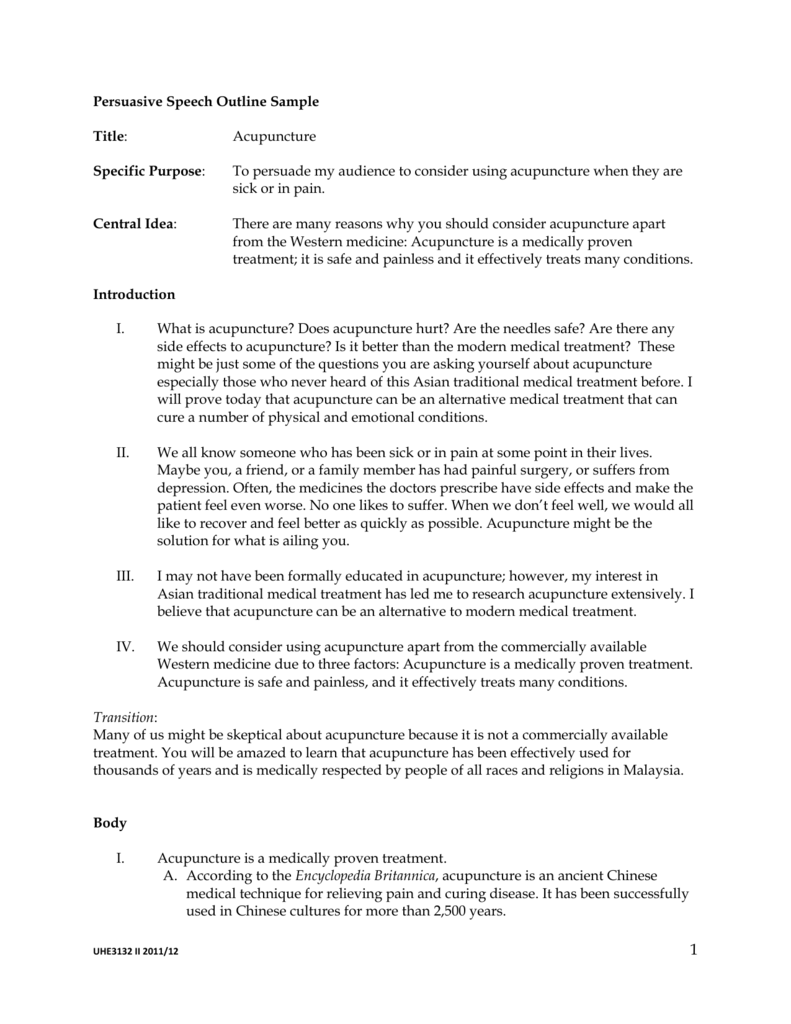

For example, while you can give a quick speech before introducing someone, you can also give a speech to persuade others to see your point of view. You can find speeches in many different environments and with many different purposes. Giving a speech allows you to address a group of people to express your thoughts and oftentimes, your opinion.
#PURSEASIVE SPEECH CENTRAL SPEECH HOW TO#
Related: How To Give a Memorable Speech What is a speech?Ī speech refers to an informal or formal talk given to an audience. In this article, we explain what a speech is, list the various types of speeches and provide you with tips to help with your speech research. Understanding the various types of speeches can help you determine what to say. While some speeches aim to inform an audience, others serve to entertain. Even an outstanding speech can fail to persuade the audience if the speaker is boring and inattentive to non-verbal communication with the audience.While anyone can give a speech, having the right intention and a general understanding of the environment and your audience can help ensure its effectiveness. However, it’s also important to remember that the success of the speech depends on the delivery as well. It’s your final frontier that should be used to deliver your point of view loud and clear.Īll in all, writing successful persuasive speech takes time and practice. Build a strong conclusion – avoid vague sentences or ideas in this part of the speech.Use real-life examples and associations – make the speech come to life instead of boring our audience to death.

Be sure to use statistical data and facts while staying away from assumptions.State the central argument, then present the supporting materials and only then move to the next argument in question. Arrange a logical flow of ideas – don’t jump from one point to another and back.A good idea is to cite experts in a particular area to build up the credibility of your arguments. Use credible and reliable sources when gathering evidence.Make them short and simple as you’ll have time to elaborate on each and every one of them separately when presenting your supporting material. Once the topic is chosen, come up with 3-4 arguments that would speak in favor of your subject.It’ll help you choose the most appropriate wording and references that will appeal to the majority of the targeted audience. Study your audience – try to find out the age range and the educational or social background.Keep it short, simple, up-to-the-point, so that people know from the beginning what you’re arguing for. First of all, you need to decide on (if not already assigned) the topic of your speech.The stickiest part of persuasive speech writing process is preparation.



 0 kommentar(er)
0 kommentar(er)
